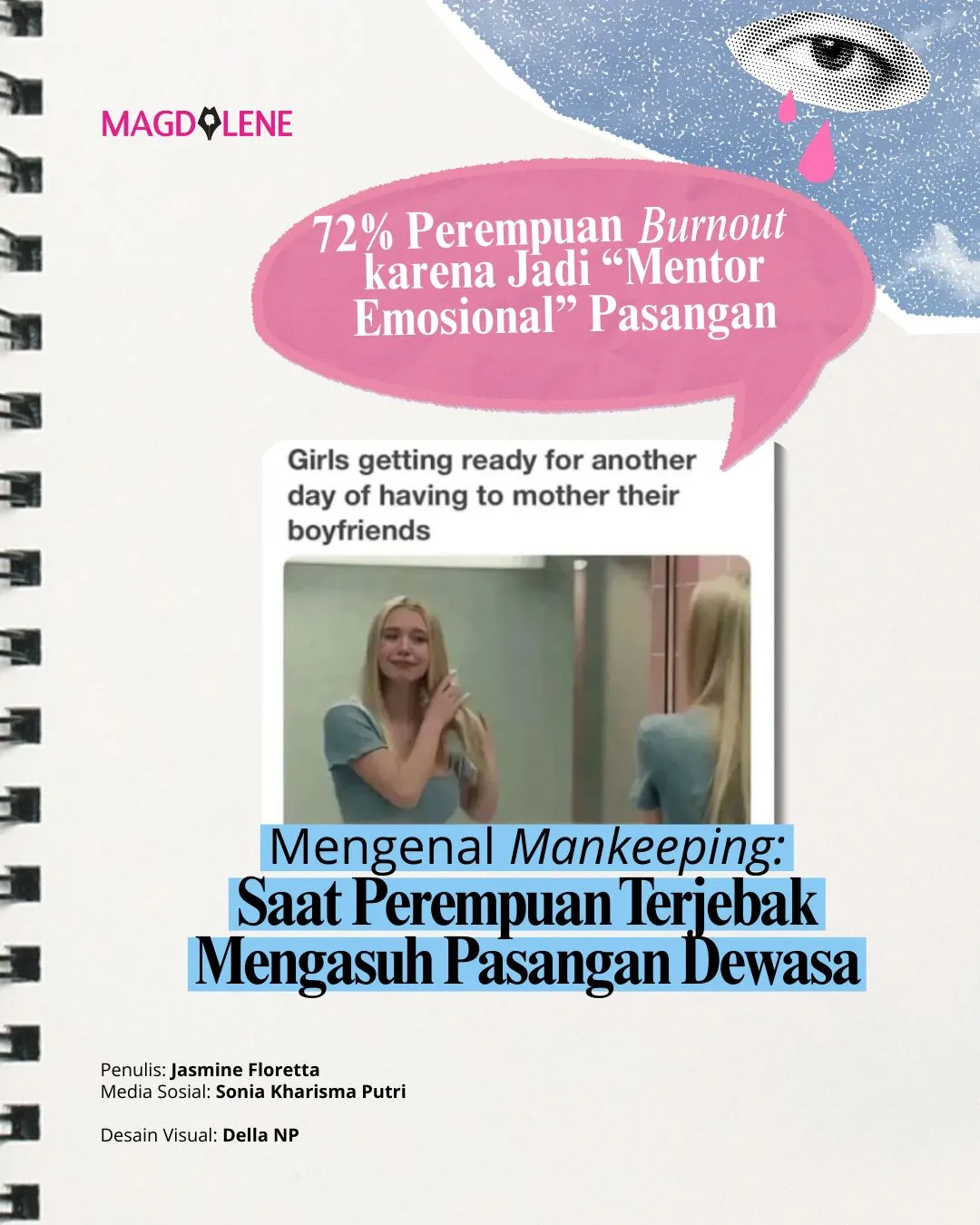The Psychology of Why Sad Songs Make Us Feel Good

Adele’s new album, 30, is finally available. On October, hundreds of millions of us streamed its first single, ”Easy On Me”. This song evokes feelings not easily put into words. But we can probably agree it is a sad song.
It isn’t obvious that we should like sad music. Sadness is usually a feeling we try to avoid. An alien might expect us to find such music depressing and dislikable.
Also read: Grief and Guilt: How I Cope with My Parent’s Death
Yet, sad music pulls us in and lifts us up. So, why does hearing sad music feel so good?
The Biology of Sad Music
Let’s start with biological theories. When we experience real-life loss, or empathize with another’s pain, hormones such as prolactin and oxytocin are released within us. These help us cope with loss and pain. They do so by making us feel calmed, consoled, and supported.
Feeling Adele’s pain, or recalling our own, may cause such chemical changes within us. Clicking on Adele’s song may be like clicking on our own metaphorical morphine drip.
The jury is still out on this theory. One study found no evidence that sad music increases prolactin levels. Yet, other studies have hinted at a role for prolactin and oxytocin in making sad music feel good.
Also read: On My Sleeve
The Psychology of Sad Music
A key reason we enjoy sad songs is because they profoundly “move” us. This experience is sometimes called kama muta, a Sanskrit term meaning “moved by love”. Feeling moved can involve chills, goosebumps, a flood of emotions (including romantic ones), a warmth in our chest, and elation.
But why do we feel moved? The American writer James Baldwin got at this when he reflected: “The things that tormented me most were the very things that connected me with all the people who were alive, who had ever been alive.” Similarly, feeling moved can come from us suddenly feeling closer to other people.
This may explain why the people most likely to feel moved by sad music are those high in empathy. Indeed, when we have listened to 30 we may turn to reaction videos to see how others feel. This lets us share an emotional experience with others. A sense of communal sharing boosts our feeling of being moved and triggers feelings of comfort and belonging.
A related suggestion is that Adele’s sad music can be a friend to us. It can act as a social surrogate. Sad music can be experienced as an imaginary friend who provides support and empathy after loss.
Feeling moved can also result from memories being triggered of important moments of our lives. Adele’s songs are powerfully nostalgic. It may be nostalgia, rather than sadness, that we enjoy.
Indeed, when people listen to sad music, only around 25 percent say they actually feel sad. The remainder experience other, often related emotions, most commonly nostalgia. This feeling of nostalgia can help increase our sense of social connectedness, mitigate feelings of meaningless, and reduce anxiety.
A completely different type of psychological theory is that Adele’s songs are emotional gyms. They give us a safe, controlled space in which we can explore simulated sadness. They are the emotional equivalent of Neo sparring with Morpheus in The Matrix movie.
Simulated sadness lets us experiment with and learn from this emotion. We can enhance our empathy, learn to better see things from other people’s perspectives, and try out various responses to sadness. This may make us better prepared for when real loss strikes. Such learning experiences may have evolved to be pleasurable to encourage their use.
Making Sense of Sadness
Alternatively, it could be that Adele’s songs aren’t pleasurable because they are sad or nostalgic. They may be pleasurable simply because they are beautiful. Sadness might just happen to coincide with beauty. Indeed, seeing acts of moral virtue or beauty have been suggested to provoke feelings of elevation and can touch, move and inspire us.
We can also think at the cultural level. Here we can view the pleasure Adele’s songs gives us in terms of the meaning she helps us make. Adele takes hard life experiences and helps makes sense of them.
This is what much tragic art does. It takes the pain and the suffering and the sadness of the world and gives it meaning. As the German philosopher Friedrich Nietzsche once put it, someone who has a why to live can bear almost any how.
Ultimately, Adele’s songs will mean something different to each of us. We listen to sad music when we want to reflect, belong, or relax. We listen to experience beauty, receive comfort or reminisce.
But to all of us Adele’s songs say: you are not alone in your pain. They let us feel her pain, share our suffering, and connect with others past and present. And in the sharedness of our humanity is beauty.
This article was first published on The Conversation, a global media resource that provides cutting edge ideas and people who know what they are talking about.






















